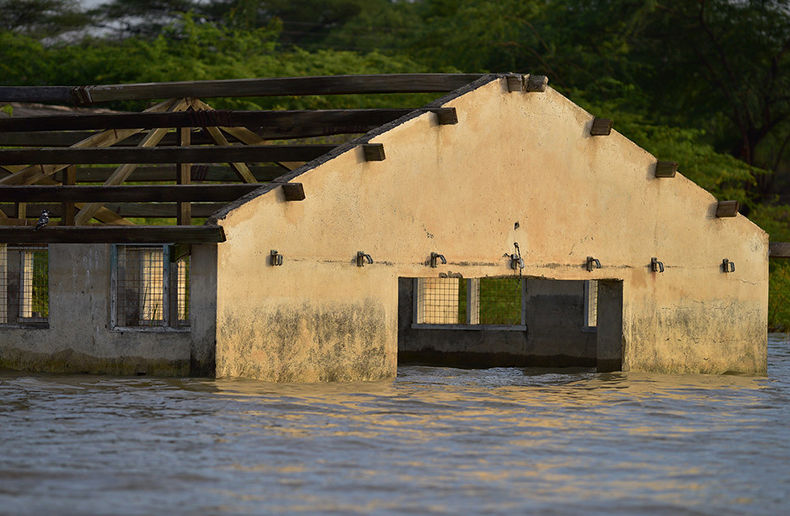The Swiss Re Institute has published a new report, Resilience or rebuild?, which discusses the economic losses caused by catastrophes, flooding in particular, stating that the financial benefit of protective measures can exceed rebuilding costs by up to 10 times.
“Quantifying the cost of avoided disaster is challenging but the benefits of adaptation can be long-term, with increased resilience for decades,” the report states. “Research suggests moderate adaptation measures and raising dykes around economically developed areas could reduce 90 per cent of coastal flood damage in the EU and the UK by 2100.”
Huge financing gap
Despite the promise, they say there remains chronic underfunding of such infrastructure projects. “It is therefore crucial to create the conditions for private capital to flow into climate adaptation projects,” Swiss Re’s chair of public sector solutions, Veronica Scotti. “Quantifying the benefits of adaptation measures is a key step towards facilitating public-private investment and ultimately closing the huge financing gap.”
Globally, the research finds that the benefit of dykes and levees can vary significantly by region, but the benefits outweigh the costs by at least two times and up to 10 times in flood-prone areas. “In less populated areas, nature-based solutions such as barrier island restoration or foreshore vegetation can be equally effective. Similarly, policy interventions, such as land use restrictions, can enhance the value of flood prevention,” it states.
The report goes on to look at coastal flooding, river flooding, the differences and uses for grey and green infrastructure and examines reasons why the efforts are generally not undertaken from a behavioural economics point of view.
Grey infrastructure
Over the past five decades, floods have caused almost one third of natural catastrophe losses, they say. Flooding is also the most common urban natural catastrophe, affecting 58 per cent of cities worldwide. Using benefit to cost ratios (BCRs), the report finds that “grey” infrastructure – dykes and levees – have the greatest potential for reducing coastal flood damage.
Among the recommendations it makes, the report urges readers to learn from others in order to speed up decision making. To that end, it also offers three global case studies.
“No single flood adaptation method will be ideal for every situation and flood risk cannot be completely eliminated,” the report’s researchers write. “The re/insurance industry can assist governments and policymakers in recognizing and comprehending risk exposure. Additionally, they can offer capacity and de-risking solutions to aid in the development of interventions.”
Related:







